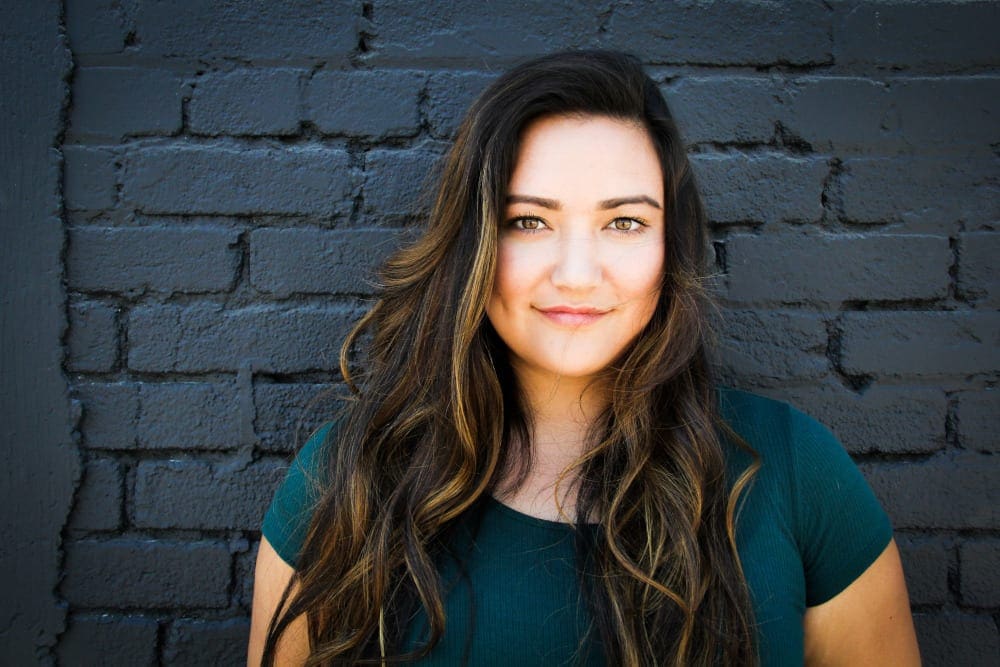If you get laser skin resurfacing for wrinkles now, could it help to keep new lines and wrinkles from showing up on your skin later? Actually, yes, it could – but within reason. Here’s what you need to know about getting the most out of your laser skin treatment and prolonging your results.
How Laser Skin Resurfacing Can Help to Prevent Wrinkles
Halo™ laser skin resurfacing works by gently heating the underlying layers of skin using various wavelengths of laser energy. This stimulates collagen and other important proteins, as well as initiates your skin’s natural cell renewal process. These top benefits of laser treatments can add up to fewer lines and wrinkles down the road, since your skin has renewed itself from the inside out.
While there’s no way to stop the aging process altogether, treatments like laser resurfacing can help to slow it down.
How to Prolong Your Laser Treatment Results
Laser skin resurfacing can absolutely give your complexion a brighter and younger look, but it’ll need some help from you to maintain those same great results in the long run. Pair med spa treatments with healthy lifestyle habits to prolong your results and get the most out of each treatment. Some of the most important lifestyle factors that can affect skin aging are:
- Wearing sunscreen and staying out of the sun whenever possible
- Using the proper medical-grade skincare products for your skin type and needs
- Eating a healthy, balanced diet
- Drinking plenty of water
- Getting regular exercise




